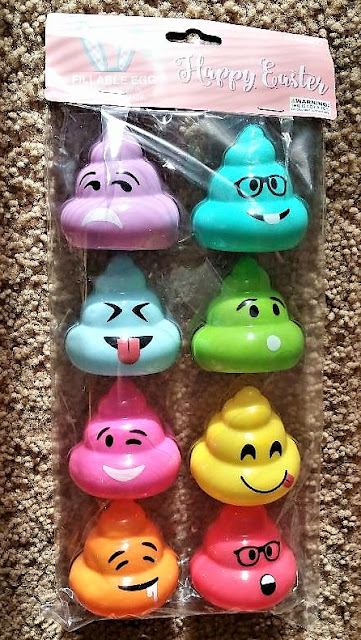Music Communication Through A Lowrey Celebration Magic Genie C-500 Organ
FREE For The Taking - A Lowrey Celebration Magic Genie C-500 Organ - Built 1977-78 - Lightly Used - To Be Picked Up Near Palm Springs (Northwest Coachella Valley)
CALL or TEXT - (818) 266-9335 - For Arrangements
A once proud and dynamic tradition in American homes was to have someone in the family learn to play a piano or other keyboarded instrument.
One of the treasures that came from this era was the Lowrey Organ designed to make more different types of sound, on demand through a flip of a switch, so that a well studied person would be able to deliver a music communications experience - at home, or social environment - nearly unequaled by one person - that is until computers and electronic keyboard synthesizers were invented and relatively easy to acquire.
When the size and functions of a family undulate through time, many of these unique musical communications creations end up in a trash heap simply because no one knows how to play a keyboarded instrument of any nature.
 |
| Manuals for direction and understanding. Not pictured is a full technical manual for the internal electronics. Image Credit: Edmund Jenks (2020) |
FREE For The Taking - A Lowrey Celebration Magic Genie C-500 Organ - Built 1977-78 - Lightly Used - To Be Picked Up Near Palm Springs (Northwest Coachella Valley)
CALL or TEXT - (818) 266-9335 - For Arrangements
This excerpted and edited from WIKI -
The Lowrey organ is an electronic organ named for its developer, Frederick C. Lowrey (1871-1955), a Chicago-based industrialist and entrepreneur.
Lowrey's first commercially successful full-sized electronic organ, the Model S Spinet or Berkshire, came to market in 1955, the year of his death. Lowrey had earlier developed an attachment for a piano, adding electronic organ stops on 60 notes while keeping the piano functionality, called the Organo, first marketed in 1949 as a very successful competitor to the Hammond Solovox. During the 1960s and 1970s, Lowrey was the largest manufacturer of electronic organs in the world. In 1989, the Lowrey Organ Company produced its 1,000,000th organ.
Up until 2011, modern Lowrey organs were built in LaGrange Park, Illinois. In 2011, it was announced that production of a few models was to be moved to Indonesia.
----
Notable Users
Lowreys were also used by some rock groups in the 1960s and 1970s. Garth Hudson, the keyboardist of The Band, played a Lowrey Festival organ on many of the group's most notable songs. Its sound can be heard prominently on the 1968 recording of "Chest Fever", which begins with a Bach-inspired prelude/intro.
The Lowrey Organ is one of several organs on The Beatles' 1967 song "Being for the Benefit of Mr. Kite!" (from the Sgt. Pepper's Lonely Hearts Club Band album), helping create a fairground atmosphere.[8] Furthermore, a Lowrey DSO Heritage organ was used to produce the classic opening for "Lucy in the Sky with Diamonds". The Lowrey Organ and its built-in drum patterns are also heard on the million-seller single, "Why Can't We Live Together" by Timmy Thomas. A rather surprising use of a Lowrey Organ, on a percussive "marimba repeat" setting, was the synthesizer-like background noise on The Who song "Baba O'Riley".
Mike Ratledge of Soft Machine switched from a Vox Continental to a Lowrey Holiday Deluxe sometime between late 1966 and early 1967, and used it from then on, adding a fuzzbox and plugging it into a Marshall stack. To prevent feedback in the silences between notes (consequence of playing at a very high volume), Ratledge invented a style of his own avoiding the between-note gaps by soloing in legato.
Mike Oldfield made use of the instrument quite extensively on his Tubular Bells album, and on several later albums as well. The Gotye song State of the Art was written to showcase the sounds of the Lowrey Cotillion model D-575.
[Reference Here]
FREE For The Taking - A Lowrey Celebration Magic Genie C-500 Organ - Built 1977-78 - Lightly Used - To Be Picked Up Near Palm Springs (Northwest Coachella Valley)
CALL or TEXT - (818) 266-9335 - For Arrangements
If an instrument had a heart, this one beats very strong and is looking for someone to love its many audible colors and allow a level of music communications that can be revealed to many.
This lightly used Lowrey Celebration Magic Genie C-500 Organ needs someone to deliver it to an audience and a home.
TAGS: Lowrey, Organ, Celebration, Magic Genie, 4 Channel, Needs an audience, needs a home, lightly used, free, for the taking































